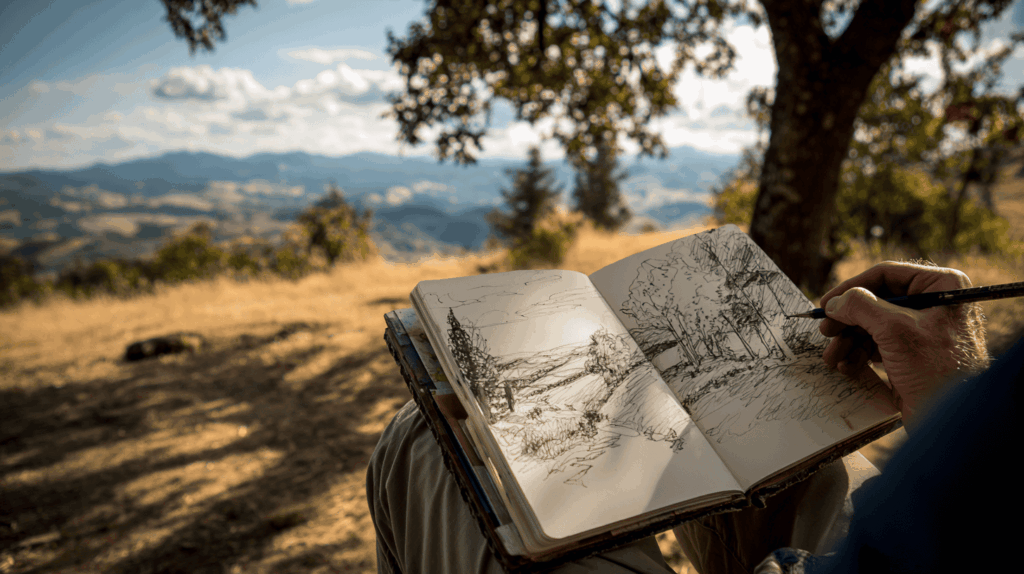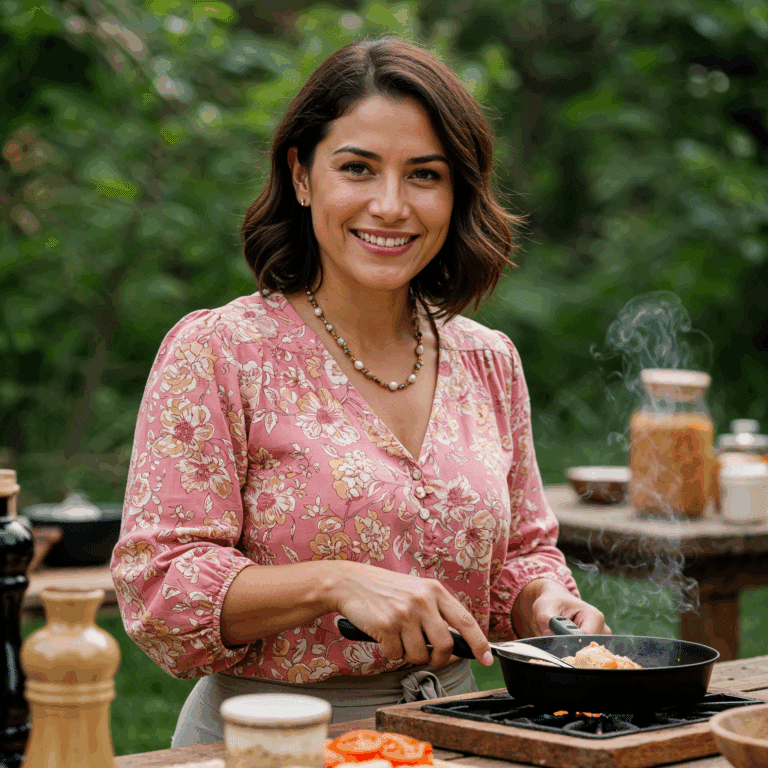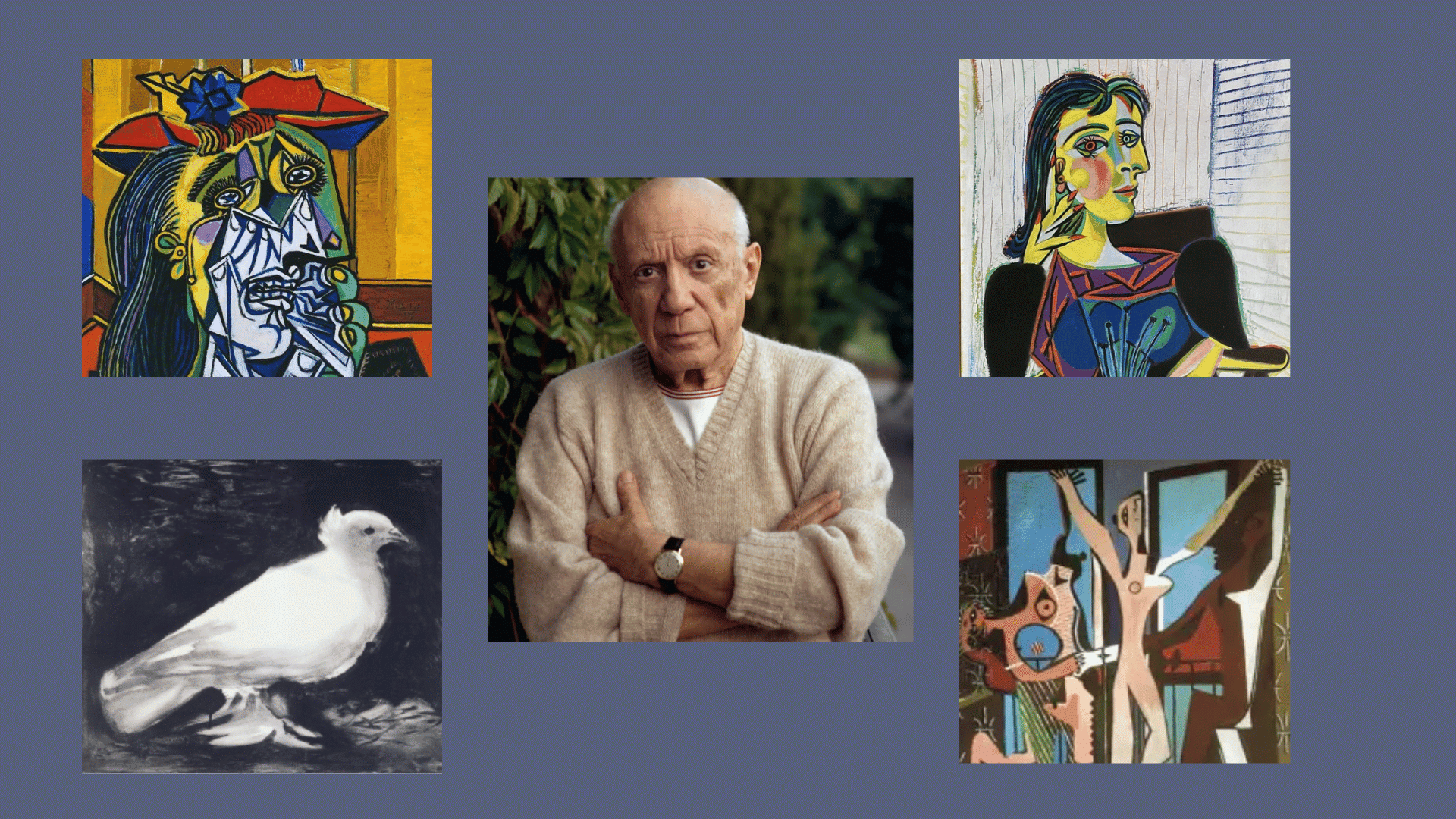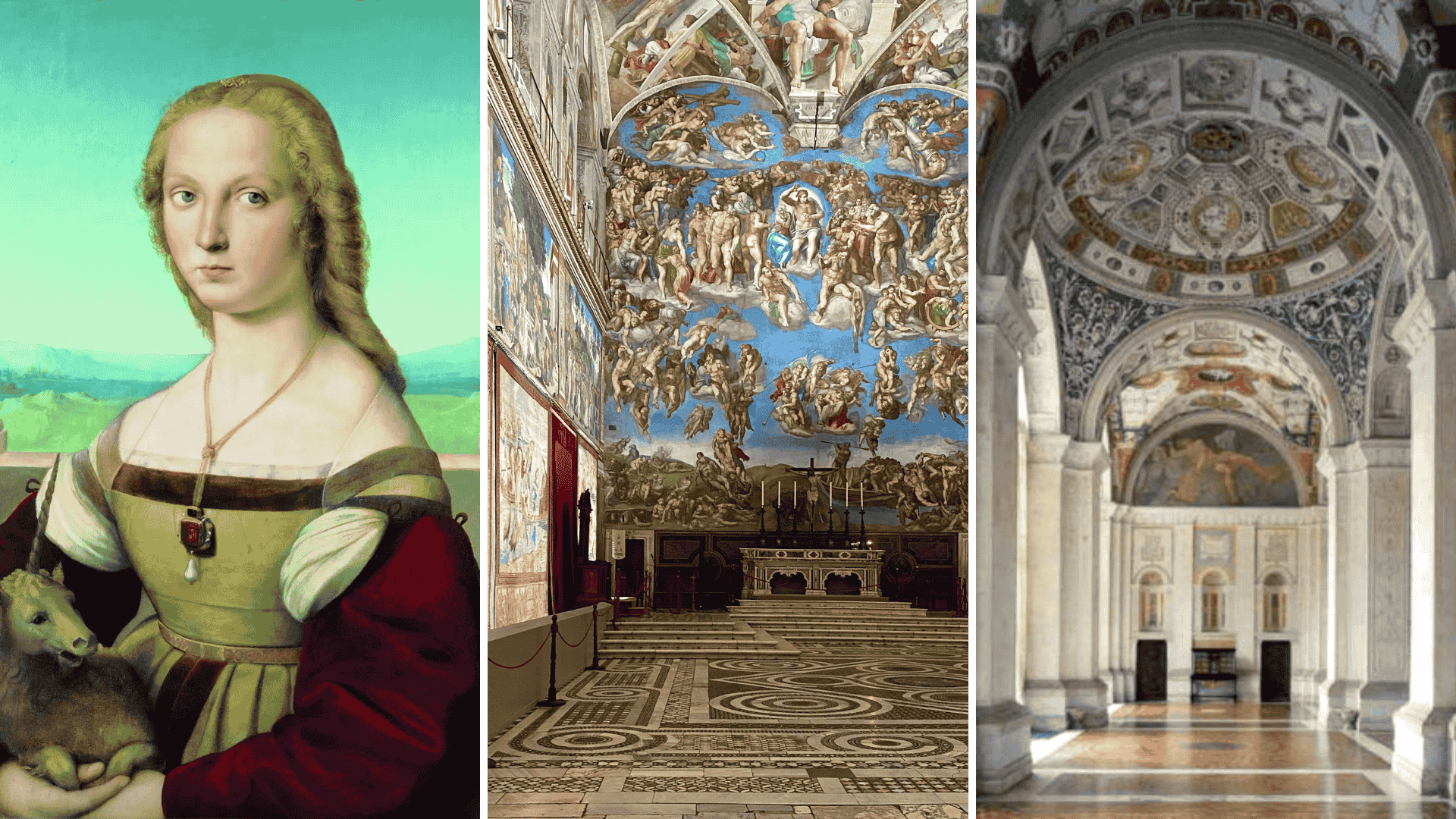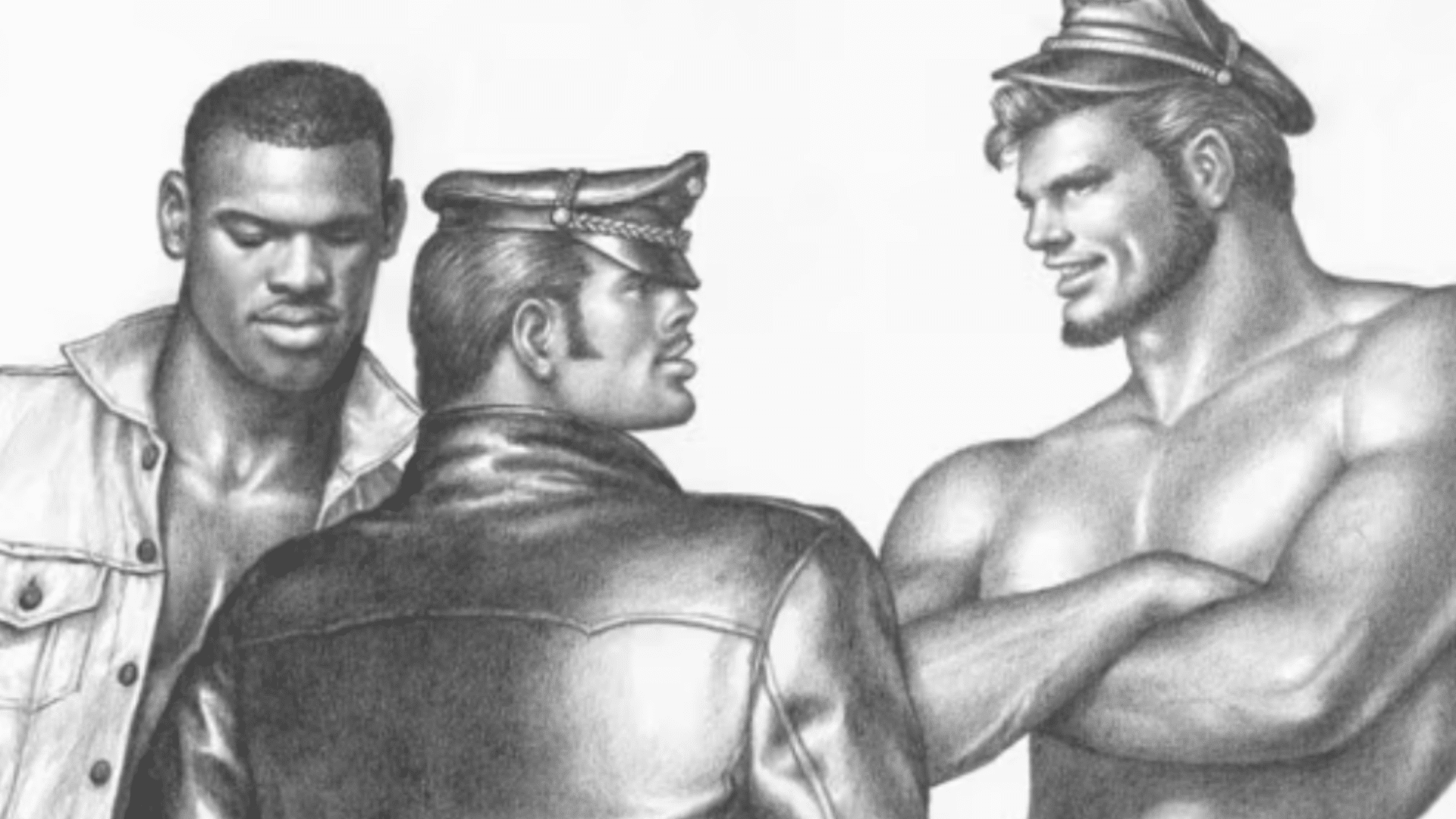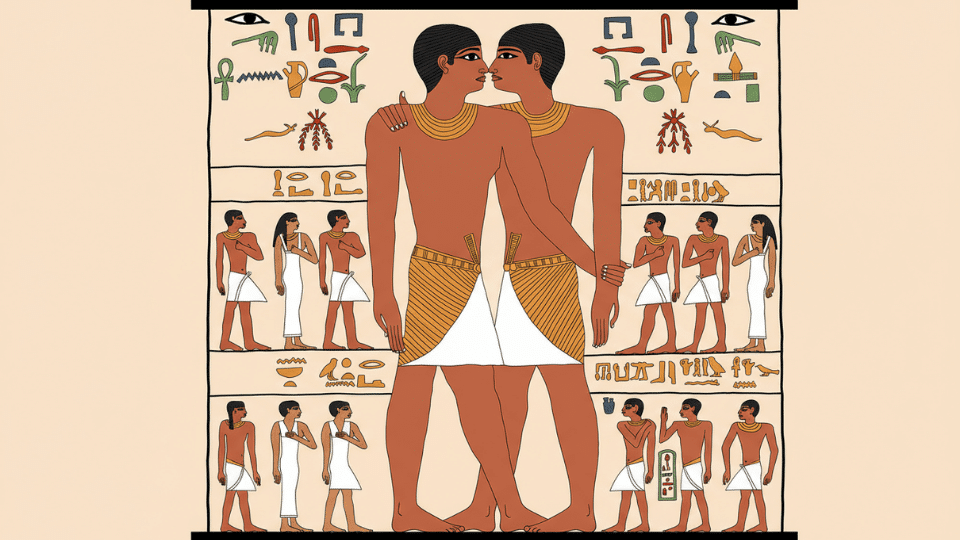Depth and layering are crucial in creating visually compelling compositions.
In art, the foreground in art serves as the closest zone to the viewer, rich with detail and sharpness that immediately draws attention.
Beyond that lies the middleground, connecting the foreground to the background, which offers distant context with muted tones.
Understanding the interaction of the foreground, middleground, and background helps artists craft scenes with depth, guiding the viewer’s eye naturally through the artwork and enhancing storytelling.
This guide will show how to effectively use each zone to make compositions lively and immersive
Basic Overview of Foreground, Middleground, Background
The foreground is the area closest to the viewer and is usually the first part of the artwork that draws attention.
Artists use crisp details, strong contrasts, and sharp edges in this zone to anchor the composition and immediately engage the viewer’s eye.
Positioned between the foreground and background, the middleground connects the main subject with the broader scene. It features transitional details and colors that guide the viewer’s eye smoothly through the narrative.
The background is the farthest zone from the viewer and is typically softer and less detailed. It sets the overall mood and places the scene within a larger context, allowing the other zones to stand out.
These zones differ in several key aspects:
| Aspect | Foreground | Middleground | Background |
|---|---|---|---|
| Position | Closest to the viewer | Just beyond the foreground | Farthest from the viewer |
| Detail | Highest clarity and detail | Moderate clarity and detail | Minimal detail and clarity |
| Scale & Proportion | Objects appear largest | Objects reduce in size | Objects appear smallest |
| Tone & Color | Warm, bold, intense colors | Transitional tones/colors | Cool, muted, softer colors |
By understanding and using these differences, artists can build visually balanced and immersive compositions with a genuine sense of depth.
How do These Layers Work Together in Composition?
Artists create depth and perspective in their work by layering the foreground, middleground, and background.
The foreground welcomes viewers and grabs their attention, serving as the entry point into the scene. The middleground bridges the story, guiding the eye further and adding context or action.
The background provides atmosphere, suggesting distance and setting.
When used together thoughtfully, these zones help direct the viewer’s gaze, maintain a sense of space, and make the composition richer and more immersive.
This teamwork of layers turns a flat image into an engaging visual path for everyone
Practical Applications in Art Forms
Artists use foreground, middleground, and background to create depth and guide viewers in various art forms, making compositions more dynamic and visually engaging
1. Landscape Art
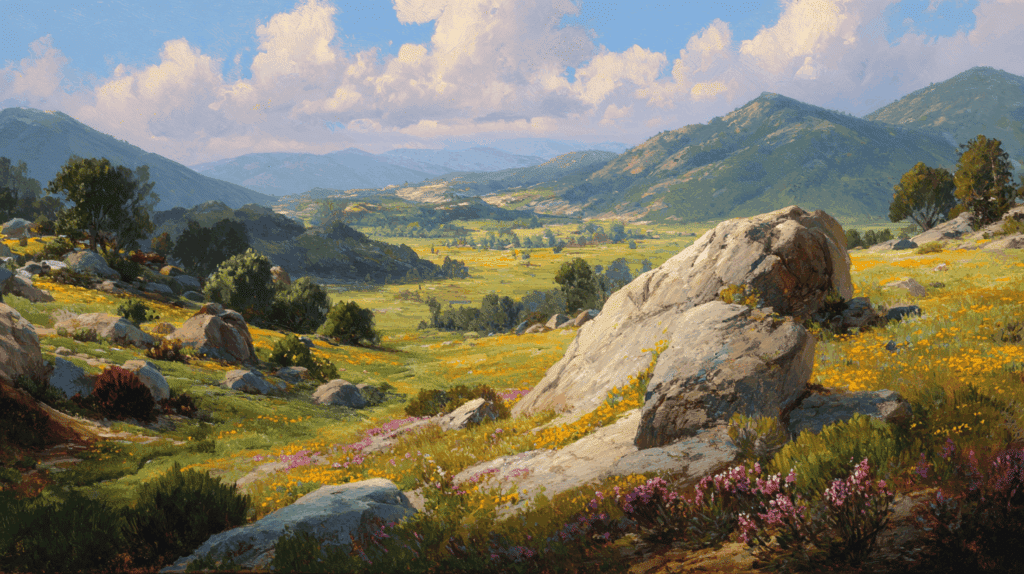
In landscape art, the foreground often features detailed elements like rocks or plants, inviting the viewer into the scene.
The middleground bridges the composition with trees or fields, while the background shows distant mountains or sky. Together, these layers build depth, scale, and a realistic sense of space.
2. Portraits & Still Life
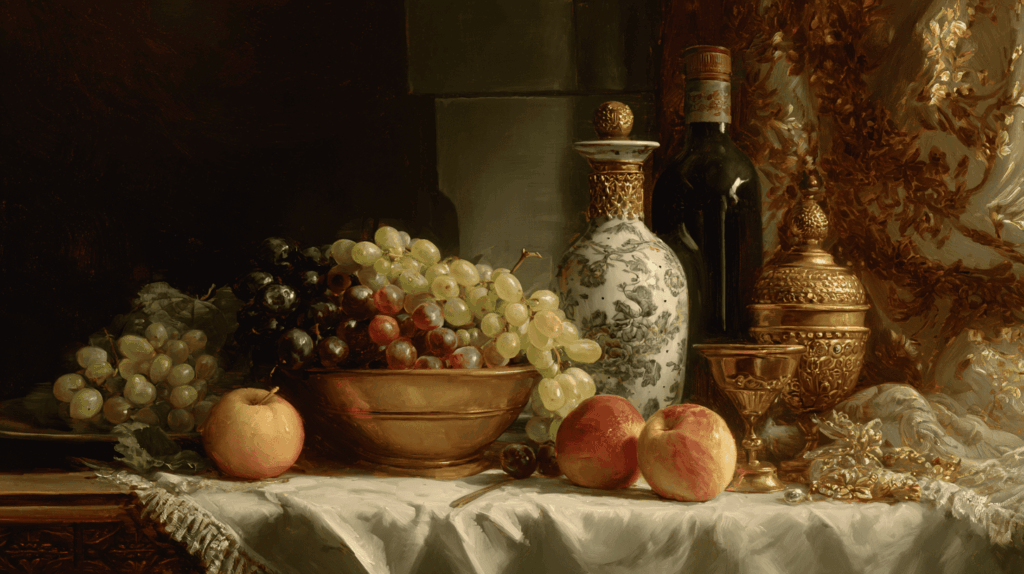
In portraits and still life, foreground props like books or flowers add depth and interest. The sitter or main subject occupies the middleground, drawing focus.
Behind them, a painted or photographed backdrop forms the background, completing the composition and providing context to enhance the overall scene.
3. Photography & Digital Art
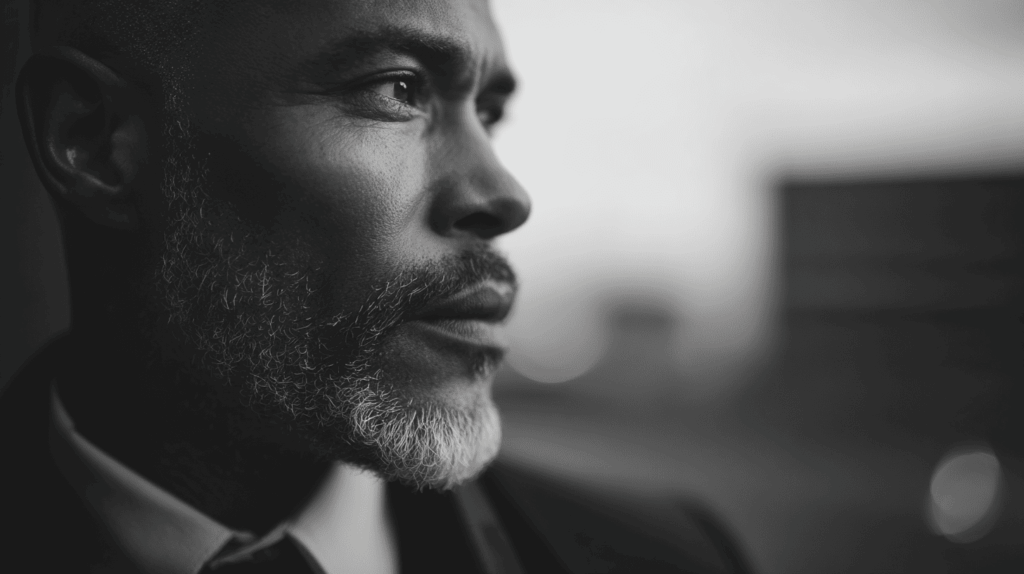
Photographers and digital artists use depth of field and selective focus to highlight important subjects by making them sharp while softly blurring other areas.
This technique separates layers, directs viewer attention, and improves the sense of depth, making images more dynamic and visually engaging.
Pro Foreground, Middleground, and Background Techniques
Understanding how to use different techniques can help artists create a strong sense of depth and guide the viewer’s eye through a composition.
- Atmospheric Perspective: Use light and cool colors in the background to create the illusion of distance.
- Contrast & Sharpness: Use high contrast and sharp edges in the foreground to draw attention.
- Overlapping Elements: Arrange objects to overlap, showing which ones are closer or farther away.
- Repoussoir Framing: Place foreground objects at the edges of the canvas to lead the viewer’s gaze inward and create spatial depth.
- Linear Perspective: Use converging lines and vanishing points to create a realistic sense of space and distance.
- Size and Detail Variation: Larger and more detailed objects appear closer, while smaller, less detailed ones seem farther away.
Mastering these techniques will help artists build immersive and visually balanced artwork.
Exercises for Artists to Try
To practice creating depth in your artwork, try these hands-on exercises that will strengthen your understanding of spatial relationships:
1. Basic Layering Practice
- Sketch a quick scene, clearly divided into foreground, middleground, and background, to understand spatial layers
- Draw the same landscape three times, emphasizing different zones each time, once with a detailed foreground, once with a focused middleground, and once with a prominent background
- Create simple still life setups using objects at varying distances, then sketch them to practice size relationships
2. Master Study Analysis
- Analyze a famous painting, label each zone, and observe how the artist creates a sense of depth
- Choose works by landscape masters like Claude Monet or Caspar David Friedrich and trace how they guide the viewer’s eye through their compositions
- Compare how different artists handle the same subject matter, noting their unique approaches to layering
3. Photography Experiments
- Photograph the same scene with different focus points – sharp foreground, crisp middleground, or focused background, and note how viewer attention changes
- Take multiple shots of one location throughout the day, observing how lighting affects the perception of depth and distance
- Practice using your camera’s aperture settings to control depth of field and see how blur affects visual hierarchy
4. Color and Value Studies
- Paint or draw the same scene using only warm colors in the foreground and cool colors in the background
- Create value studies where the foreground has the strongest contrasts and the background uses only subtle tonal shifts
- Experiment with atmospheric perspective by gradually reducing color intensity as elements move into the distance
These activities help build an intuitive grasp of layering and composition in art while developing your eye for spatial relationships.
Wrapping It Up
Mastering foreground in art anchors every picture: it invites the eye with crisp detail, clear contrast, and decisive edges.
From there, the middleground carries action and connections, while the background supplies mood, scale, and a believable sense of distance.
Use value steps, cooler hues in the distance, overlap, and edge control to stage those layers so viewers travel naturally through the scene.
Quick studies and photo exercises sharpen your judgment about what to sharpen, soften, brighten, or mute. Continue practicing, analyze masterpieces, and refine your focal points.

